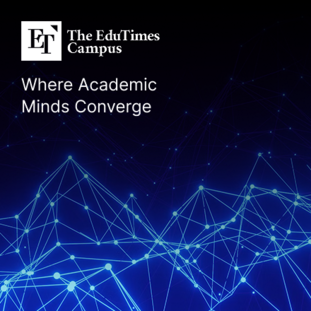News - U.S.

Explicit and Violent Content Blocked, Law Enforcement Alerts in Emergencies Altman: “A new and powerful technology, teenagers require substantial protection” Move comes amid U.S.
Read More
“No Tuition Benefits for Undocumented Immigrants” Justice Department Files Wave of Lawsuits Policies in Texas, Kentucky, Among Key Targets The administration of President Donald Trump, pursuing sweeping immigration crackdowns, has
Read More
Administration froze federal support citing failure to curb antisemitism Court rules “violation of free speech, unlawful cancellation of research funding” Harvard gains leverage in future negotiations with government A U.S.
Read More
American Higher Education in a Survival War Declining student population and mounting financial strain Layoffs of faculty and inevitable campus closures Western Illinois University Community Center
Read More
Total Visa Cancellations Reach 40,000, 2.5 Times Biden-Era Level Anti-Immigration Drive Extends Across U.S. Campuses Concerns Over Disruption of America’s Talent Pipeline The administration of U.S.
Read More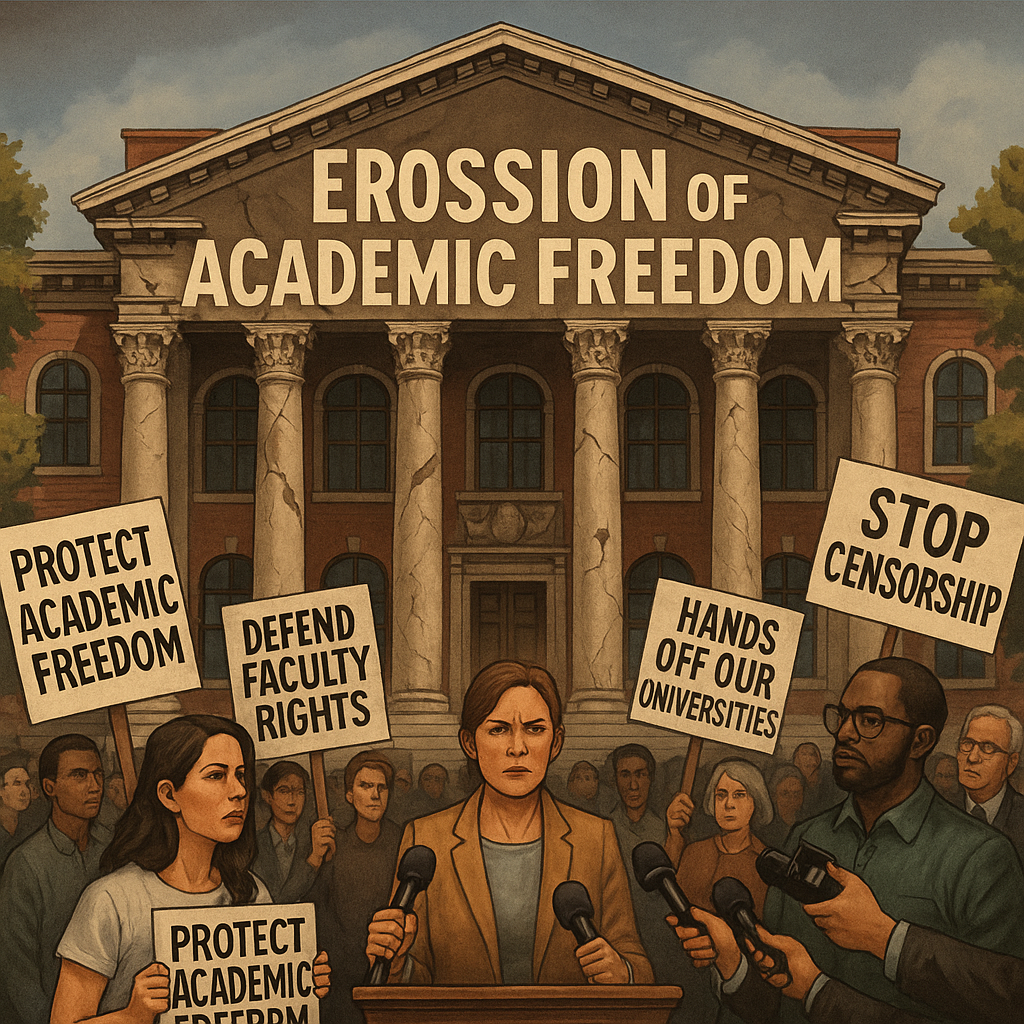
The web tightens across classrooms. Academic freedom slips Institutions caught in political nets. Universities once stood as pillars of independent thought. Today, they find themselves straining under the weight of state control, political pressure, and federal overreach. From educational gag orders to frozen grant funding, these shifts signal a transformation in how higher education operates and what academic freedom truly means in America’s current political climate.
Read More
Degrees are being handed out like receipts. Rigor erodes as GPAs climb. AI looms over every exam. It may come as little surprise that academic standards are slipping across universities. With students viewed as consumers rather than scholars, admissions have become more lenient, grades have inflated, and the pressure to satisfy rather than challenge has taken center stage. The looming presence of AI tools like ChatGPT only accelerates the erosion, making it more challenging than ever to uphold meaningful evaluation.
Read More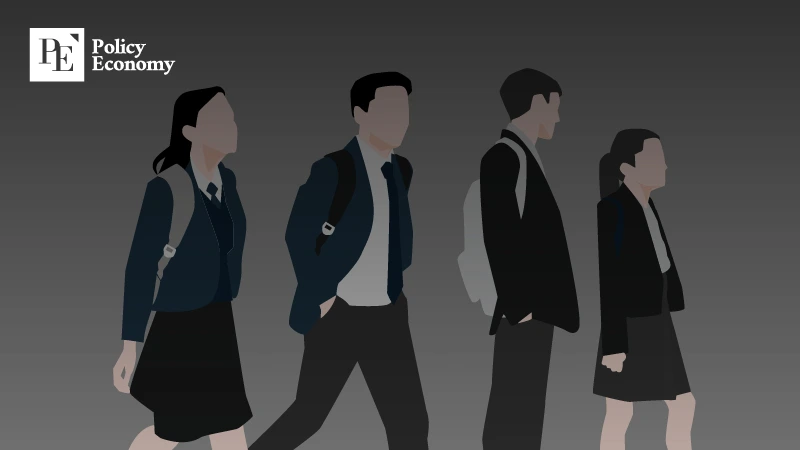
One genius can create a breakthrough. Elite minds can shape national futures. The race for technological supremacy starts in the classroom. As the global tech race accelerates, the world is beginning to recognize that the true battleground may not lie in silicon chips or supply chains, but in schools and universities.
Read More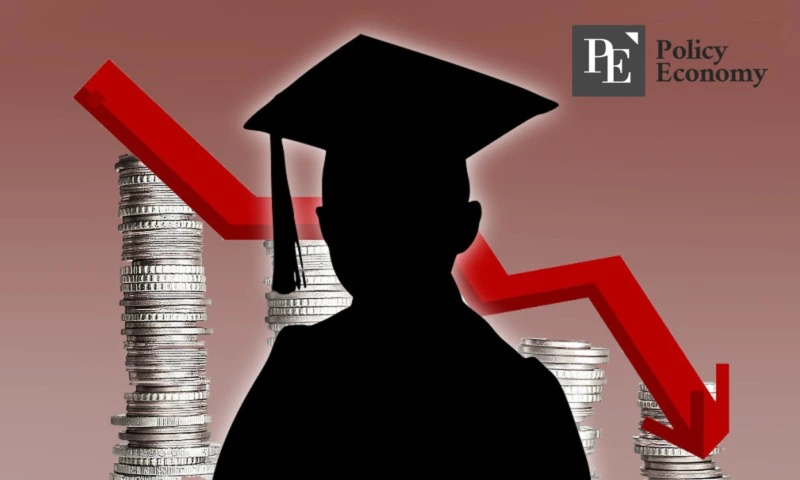
Foreign seats fall vacant, tuition lines thin, Silenced campuses where debate once would begin. The policy is a silent approval in disguise. And universities brace for fiscal compromise. Tighter U.S. immigration rules and increasingly hostile rhetoric toward international students may be precisely what policymakers intended. But as September approaches, universities across America face a potential crisis: nearly 40 percent fewer foreign students are expected to arrive on campus.
Read More
The partnerships of old fall out of sight, Now two worlds train minds in separate light. Shared questions fade, replaced by code, For learning stark, where bridges erode. The widening U.S.–China conflict is already reshaping academic, educational, and social landscapes. Universities, researchers, and students are increasingly divided, split across national lines and competing digital ecosystems. Collaboration may not vanish entirely, but it is becoming more difficult, more regulated, and more cautious.
Read More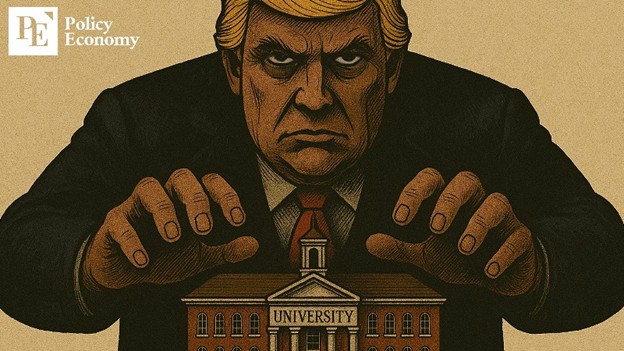
In halls once proud with protest chants, Now silence sits with folded hands. When knowledge bends to power's will, The beacon dims, the air grows still. In a dramatic shift that has sent ripples across the landscape of American higher education, Columbia University has settled with the federal government, which some see as a capitulation.
Read More
The brain does not rest in silence; It wrestles with questions in lecture halls, grapples with deadlines in dorm rooms, And now, it speaks to machines. As OpenAI launches its new ChatGPT “Study Mode,” the academic world is entering another turning point in the debate over artificial intelligence in education. Promising a smarter, more personalized version of its chatbot, the feature is specifically designed for college students.
Read More
Columbia agrees to pay over USD 220 million to regain federal funding. The university implements sweeping reforms on protests, DEI, and academic oversight. The agreement sets a precedent many academics view as political coercion. In July 2025, Columbia University reached a landmark settlement with the Trump administration to resolve probes over campus antisemitism and protest management, paying over USD 220 million to restore research funding.
Read More
Harvard defends its academic autonomy amid Palestine controversy. The Trump administration and pro-Israel donors exert mounting pressure. Civil rights advocates warn of a dangerous precedent for academic freedom. In the storm of global politics, even the world’s most prestigious universities are finding themselves on the frontlines. As the U.S.
Read More
Native American and minority-serving institutions face historic funding threats. Science and research budgets are under threat. Widespread layoffs and budget cuts reshape the academic job market. Across America, the ivory towers of academia are starting to tremble. A sweeping wave of federal funding cuts, targeted at minority-serving institutions, scientific research, and public universities, threatens to reshape the higher education landscape for a generation.
Read More
Harvard University Advises Avoiding Logan Airport Separate Guidance Issued for Iranian and Chinese Students AI and Engineering Majors Also Urged to Exercise Caution Campus of Harvard University / Photo = iStock
Read More
Chinese Researcher Couple Indicted for Smuggling Fungus into U.S. Seized Bacteria Deemed ‘Potential Agricultural Bioterror Weapon’ U.S.-China Tensions over Tech and Information Leaks Escalate into National Security Issue Two Chinese researchers working in a U.S. university laboratory have been indicted for attempting to smuggle toxic bacteria into the United States.
Read More
“American Students Are Being Deprived of Opportunities by Foreign Students”Following the suspension of federal funding, international student enrollment is temporarily blocked.Trump: “We’re getting played while trying to prove how smart we are.”
Read More
U.S. State Department suggests possible cancellation of Chinese student visas China criticizes U.S. for "undermining its own national credibility" International students make significant contributions to the U.S. economy The Chinese government has expressed strong regret over U.S. Secretary of State Marco Rubio’s remarks about canceling visas for Chinese students.
Read More
Trump Intensifies Financial Pressure on Harvard Once Again Federal Government Moves to Block Foreign Student Enrollment Will the Backlash Against International Students Ultimately Hurt the U.S.?
Read More

